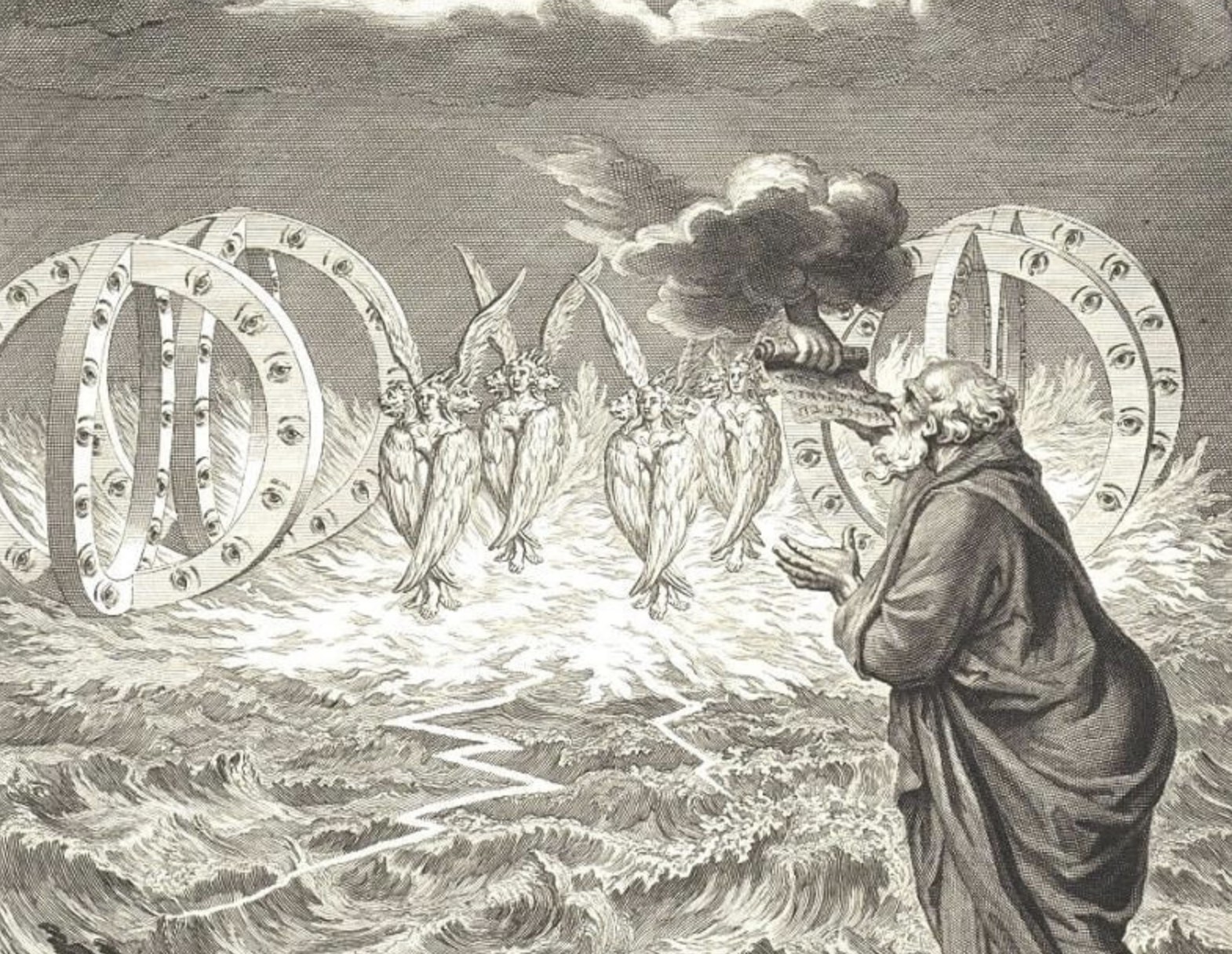
Either a rapture or an existential risk
Exhibition
-> Jul 22 2023 – Aug 19 2023
Deli Gallery
Deli Gallery presents the collective exhibition Either a rapture or an existential risk con obra de: Fi Isidore, Horror TV (Lic. Sniffany & Minni), Kristin Reger, Rodrigo Red Sandoval and Roger Muñoz.
There’s a golden thread of ambition extending from extreme antiquity unto our future. In Merkabah, a Jewish mystic practice that existed even before Christ was a twinkle in God’s eye, the objective of ritual and trance was the dangerous ascension to the heavenly palaces. Rabbi Ishamel was one of the few to ever ascend (and safely descend) to the finest, innermost seventh palace, the very divine abode. Once there, he witnessed the Pargod, the veil covering the divine face on which there are “continually to be seen, as a living picture, the drama of ‘all generations, their doings and their thoughts’ in past, present and future times, and behind which are the last secrets of the Godhead.” In Nick Bostrom’s effusive writings on futurity and the likelihood of existence within a simulation, there is ‘Letter from Utopia’, a candid missive written in the first person by either a real human or a simulated one (doesn’t really matter), to the humans of today, extending to them the invitation of, simply, knowing it all —a happiness or contentment far beyond today’s humans reach. This future being entices us: “My mind is wide and deep. I have read all your libraries, in the blink of an eye. I have experienced human life in many forms and places.”
For thousands of years, humans have believed that the most divine thing we could achieve, that the most bliss one could reach for, is to simply know it all —for some it encroaches into Godlike status, controlling it all. As this belief has sat on our shoulders for millennia, its hubris has undoubtedly guided our hand as we built the world around us. This could be the ultimate story we tell ourselves: our power has no limits, there is always something better, realer, just beyond our grasp.
Humans, as we’ve established, are funny in the ways we revamp our origin stories. What once was the unquestionable causality of an almighty God, eventually became the universal centrality of humans, and the promise of heaven became the promise of ‘progress’ and ‘future’. If one cannot believe the pull these fictions have to motivate our walk into the abyss, we can take a look at the fiction of ‘money’ and the power it holds over our lives, our mental health and our general choices and behaviors.
This show wants to think of these narratives as objects, as artifacts we carry with ourselves through time and space, and how through their constant handling, they are worn, they fray at their edges, calcify in their refusal to give, or absorb our uncertainty as humidity, dissolving into mush before our eyes. It’s a show about the decadence of those narratives, their degradation and excessive mutability, as well as about that indestructible nugget of power they manage to hold, the one we keep clinging onto to justify so much of our recklessness. In that sense, it is a show about how those narratives and ideologies inform our actual relations to objects, be them works of art, buildings, our own bodies, furniture, clothes: the objects we surround ourselves with, what we consume and value, what we produce with our honest efforts or by creating mountains of waste – they end up telling our story, what we believe in and where we stand. The works on the show are not obviously familiar with one another, the point is closer to a representation or articulation of a kind of entropy – in how narratives and origin stories take unexpected twists and turns that have real and chaotic consequences on how we practice being humans in our world.
— Gaby Cepeda